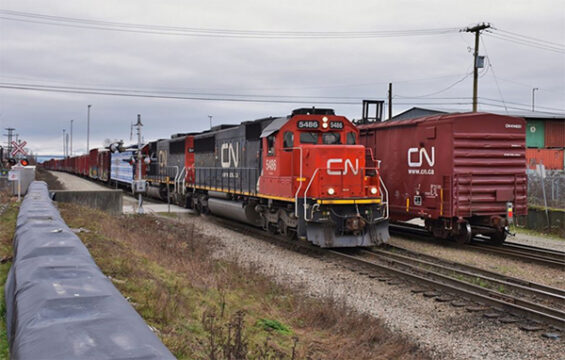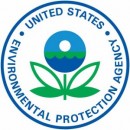
Winter slogs on as we approach the end of February and look forward to March, which, according to tradition, “comes in like a lion and goes out like a lamb.” Let’s all hope so! Meanwhile, the week just concluded saw a number of actions of interest, with both national and international actions taking place that may affect various interests in the regulated community. See all the latest news right here:
PHMSA
On September 21, 2018, in response to a petition from the National Tank Truck Carriers, Inc. (NTTC), PHMSA published a determination that California’s meal and rest break rules (MRB Rules) are preempted, under 49 U.S.C. 5125, as applied to drivers of motor vehicles transporting hazardous materials. The California Labor Commissioner’s petition for reconsideration of that decision is denied on the grounds of mootness. After PHMSA issued its preemption determination, and after the request for reconsideration was filed, the Federal Motor Carrier Safety Administration (FMCSA) determined that the MRB Rules are preempted, under 49 U.S.C. 31141, as applied to property-carrying commercial motor vehicles drivers covered by FMCSA’s hours of service regulations. FMCSA’s decision covers a broader group of drivers than PHMSA’s decision, including NTTC’s members. Accordingly, granting the California Labor Commissioner’s petition for reconsideration will not change the fact that the MRB Rules cannot be enforced against NTTC’s members. See the denial action here
FMCSA
The agency issued a final rule that amends its Hazardous Materials Safety Permit regulations to incorporate by reference the April 1, 2019, edition of the Commercial Vehicle Safety Alliance’s (CVSA) ‘‘North American Standard Out-of-Service Criteria and Level VI Inspection Procedures and Out-of-Service Criteria for Commercial Highway Vehicles Transporting Transuranics and Highway Route Controlled Quantities of Radioactive Materials as defined in 49 CFR part 173.403.’’ The Out-of-Service Criteria provide uniform enforcement tolerances for roadside inspections to enforcement personnel nationwide, including FMCSA’s State partners. This final rule is effective March 25, 2020. See the change here
Chemical Safety and Hazard Investigation Board
The board issued an update to its chemical release reporting requirements for owners and operators of chemical manufacturing facilities. The Board assists in the investigation of such release incidents. See the update here
EPA
The agency is proposing to not impose financial responsibility requirements for facilities in the Chemical Manufacturing industry under Section 108(b) of the Comprehensive Environmental Response, Compensation, and Liability Act (CERCLA). Section 108(b) addresses the promulgation of regulations that require classes of facilities to establish and maintain evidence of financial responsibility consistent with the degree and duration of risk associated with the production, transportation, treatment, storage, or disposal of hazardous substances. Comments must be received on or before April 21, 2020. See this NPRM here
Transport Canada
Our northern neighbor’s analog to PHMSA announced that the Canadian Dangerous Goods Regulations or TDGR, will be reissued in a revised format reflecting the requirements of the Canadian Department of Justice. The announcement notes that the content of the regulations will not be affected by this format change. However this list of revisions is provided:
- All tables of content have been removed. Instead, there is a table of provisions at the beginning of the Regulations
- Explanations provided in italicized text throughout the TDG Regulations have been removed, except for the lists of UN numbers that follow the special provisions in Schedule 2
- Terms that are defined in the in the Transportation of Dangerous Goods Act, 1992 have been removed from the list of definitions in the TDG Regulations
- The title of any act, regulation, standard, or other referenced document is written in italics instead of within quotation marks
- The table of safety standards and safety requirements is now a list
- While the provision numbers and content is the same, the provision numbers can now be found at the beginning of each section (or subsection), instead of before the section title. Section titles are now headings
EU ADR
The Commission published a notice announcing that the nation of Uzbekistan has acceded to the ADR, joining the group of nations that enforce the body of regulations. See the accession notice here
Labelmaster is a full-service provider of products, shipping and training software, and professional consulting services to assist the DG and HS&E professional in complying with national and international regulations. See our full line of solutions at www.labelmaster.com


